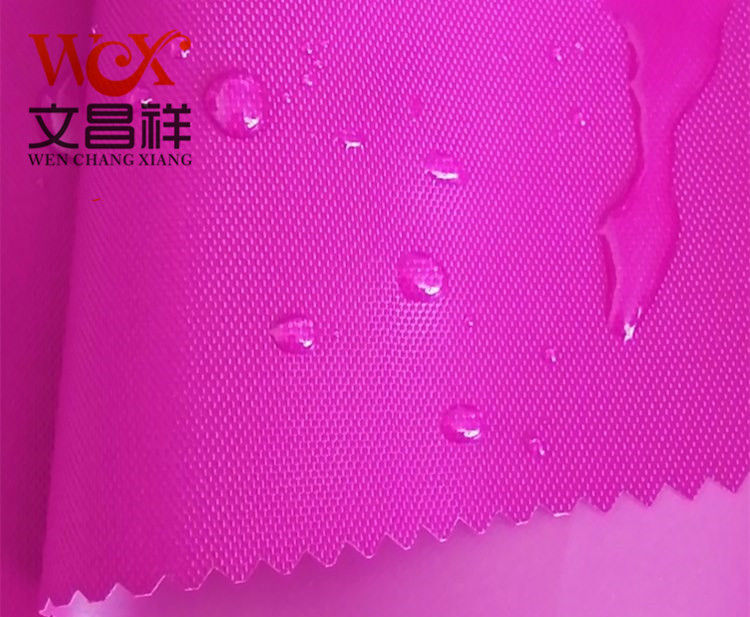The so-called cotton cloth is a cloth woven from cotton yarn. Cotton cloth is also the general name for various cotton cloths. There are various classifications of cotton cloth, most of which maintain the characteristics of cotton. The cotton fiber of cotton cloth has good hygroscopicity and sweat absorption. When the surrounding humidity is relatively high, it can absorb the surrounding moisture; conversely, when the temperature is high, it is easier to evaporate; when the temperature is too high, the water evaporates without damaging the cotton fiber. Has certain heat resistance. Cotton yarn is a pure natural fiber. The density of warp and weft yarns can be made into different cotton fabrics according to the density and thickness. Purely natural fibers generally do not cause any irritation to human skin. We often see cotton in our lives, most commonly in clothing.
CompareAsfarasOxfordclothisconcerned,Oxfordclothhasasoftcolor,isbreathableandcomfortable,hasasoftbody,andisrelativelyeasytowashanddryquickly.TheuniquenessofOxfordclothisthatithasstrongdrapeandisnoteasytodeformandcollapse.Asforcottoncloth,althoughitisItissoft,butitsplasticityisnotasstrongasthatofOxfordcloth,anditiseasytodeformandcollapse,anditsappearanceiseasytowrinkle.However,cottonhasrelativelystrongalkaliresistance,whichisbeneficialtothedyeingandprintingofpurecottontextilesandothernewvarietiesofcotton;
Compared with cotton cloth, there are not so many color patterns of waterproof Oxford cloth, so I have to say cotton cloth. It’s really hard to say which one is better than Oxford cloth.

What are the specifications of Oxford cloth? Such as 1680D, 1200D, 900D, 600D, 420D, 300D, 210D, 150D and other Oxford cloth. Function classification of Oxford cloth: fire-retardant cloth, waterproof Oxford cloth, PVC Oxford cloth, PU Oxford cloth, camouflage Oxford cloth, fluorescent Oxford cloth, Printed Oxford cloth, composite Oxford cloth, etc.
</p







